Question
The OP seems to be getting stuck in the following page of Theraja' book Chapter 6 Electricity and Magnetism. Let me see if I can help.
Answer
Update 2020aug28hkt2247
My apologies for my earlier too casual reading and learning notes. So I deleted my irrelevant paragraphs and made a summary. My progress is summarized below.
1. Notes on learning permeaabity μ
I found the Magnetism and Electricity comparison chart (Section 6.25, Part A) very useful to understand the ideas which are new to me. Comparing corresponding terms in both M and E immediately clarifies my mind in μ*, when comparing to ρ. For now I just compare μ to ρ, but I am pretty sure that now I can give and understanding examples μ.
2. Notes on learning Magnetic Force F and Magnet Field Strength H
I found Section 6.2 and 6.3 is useful to understand Magnetic Force and Field Intensity H. (Section 6.3 is what the OP is asking). I guess once I understand F, then I understand H, and from now on, only focus on H and forget F.
And I found that I only need to try to understand the first basic equation that firstly introduced. For example, it is not necessary to understand the vector form of the equation, basic form is enough to move on to next topic. I can always come back later in the second pass to look at the vector form of the basic equation. Another thing is don't bother to ask why the constants come up, they are just constants as in calculating the area of a circle, and surface area and volume of the sphere. I can always come back to study the derivation of the equation and constants (See References 5, 6). Moreover, the definitions for F and H are just definitions, there is not much theory behind. But of course you need to have an intuitive idea of Force and Field, and here the comparsion helps a lot to grasp of the intuitive area, eg. MMF corresponds to EMF, Flux corresponds to Current (with some complication, again see the comparison chart remarks).
In short, the Magnetism and Electricity comparison chart is my friend.
/ to continue tomorrow.
Part A - Electricity and Magnetism Comparison and Contrast Chart
So I flipped the pages, looking for something to help me remember things. I found the following very good. It is a compare and contrast of Magnetism and Electricity.
I think if I know Electricity well, this comparison/contrast chart should help me learn and understand magnetism faster.

One important comparison is the following:
(a) Electricity's resistance corresponds to Magnetism's reluctance.
(b) Electricity's conductance ρ corresponds to Magnetism's premeance μ.
Part B - Magnetism Learning Plan
I am now looking at the topics chart.
I found that it is important to know the topics in the first four lines of the contents of Chapter 6, and grasp the meanings of the concepts.
H, B, μ, μr, I, K
It is important to remember the following:
(1) Magnetism is more complicated than Electricity.
(2) The topics to learn should be in this sequence. μ, H, B, I, K (μ is already learnt in the comparison chart.
Part 3 - Learning H -
Learning notes
- Comparing use of π in magnetism and circle/sphere equations.
In this equation for circle, perimeter = 2πr, area = πr**2
π is just an universal constant, the same π used in the magnetism equation.
/ to continue, ...
References
(1) A Text Book of Electrical Technology (2005 pdf version) - BL Theraja, AK Theraja, 2005
(2) Magnetic Scalar Potential - Wikipedia
(3) Maxwell's equations - Wikipedia
(4) Basic Electrical Engineering Questions and Answers – Ohm’s Law for a Magnetic Circuit - Sanfoundry
(5) Why is a sphere's surface area four times its shadow (4πr2)? - 2018dec02, 3,323,464 views
(6) Why is the Volume of a Sphere ((4π/3) r**3) - 2014spe28, 544,314 views
Appendices
Appendix A - How to get the intuitive sense of the magnet symbols and settle on an idea Draft 0.1 tlfong 2020aug3001
1. Introduction
I am trying to describe how to get an intuitive sense of the Magnetic symbols, using Electricity to compare and contrast.
Part A - Electricity symbols I, R, V, and C (conductance) and their intuitive senses.
(a) We start with Ohm's Law, which actually applies to both Electricity and Magnetism alike, with some variations.
(b) We know if a wire has high resistance, and for a constant "force" (voltage, or EMF) then low current flows.
(c) So we know current is inversely proportional to resistance, or I = V/R
(d) Now by definition, conductance C = 1/R, so I = V*C
(e) You already have an intuitive sense of the symbols I, V, R, C because you once learnt the analog of I = water flow, R = diameter of pipe
Part B - Magnetic symbols
We now need to agree (not try to remember now) the following based on the comparison cheat sheet (Section 6.25)
(a) Flux F in Webers (Wb) compares with Current I in Amperes
(b) MMF (ampere turn) compares with EMF
(c) Flux density B (Wb/m2) compares Current density A/m2 (yes, no symbol, this is cause of confusion)
(e) Permeance P = 1/Reluctance compares to resistance R = 1/pA
(g) Permeability compares Conductivity
(d) Reluctance S = 1/uA compares resistance R = 1/pA ??? 6.25 point 5 seems problematic
Notes - (a) to (g) seem reasonable, I got stuck in (d)
Appendix B - How to get the intuitive sense of the magnetism by doing experiments
tlfong01's Inductance Learning Notes
(1) Buzzer and And EMF
(2) LC Tank Oscillator and Hartley
(3) Mutual Inductance and Oliver Heaviside
(4) Current Voltage in Inuductor
(5) Energy Stored in Inductor
(6) Measuring Inductance
(7) Imaginary Number j and Euler Constant e
(8) How to measure Inductance - Rose-Hulman University
(9) Using 100mH Inductor and LM2596 to make a switching regulator
(10) Inductor Current and Voltage Maesurement - Electronics Tutorials
(11) Finding Inductance of Electromagnet ZYE1-P20/15 DC6V 0.5A (Coil Resistance = 11.7Ω)
(12) Solenoid and Relays
(13) Inductance Tutorials - Electronics Tutorials
(14) DIY an Electromagnet Ampere Turns, Guass - Cool Magnet Man
/ to continue, ...
This is not the end of answer. I plan to write at least a couple of more pages. Stayed tuned
